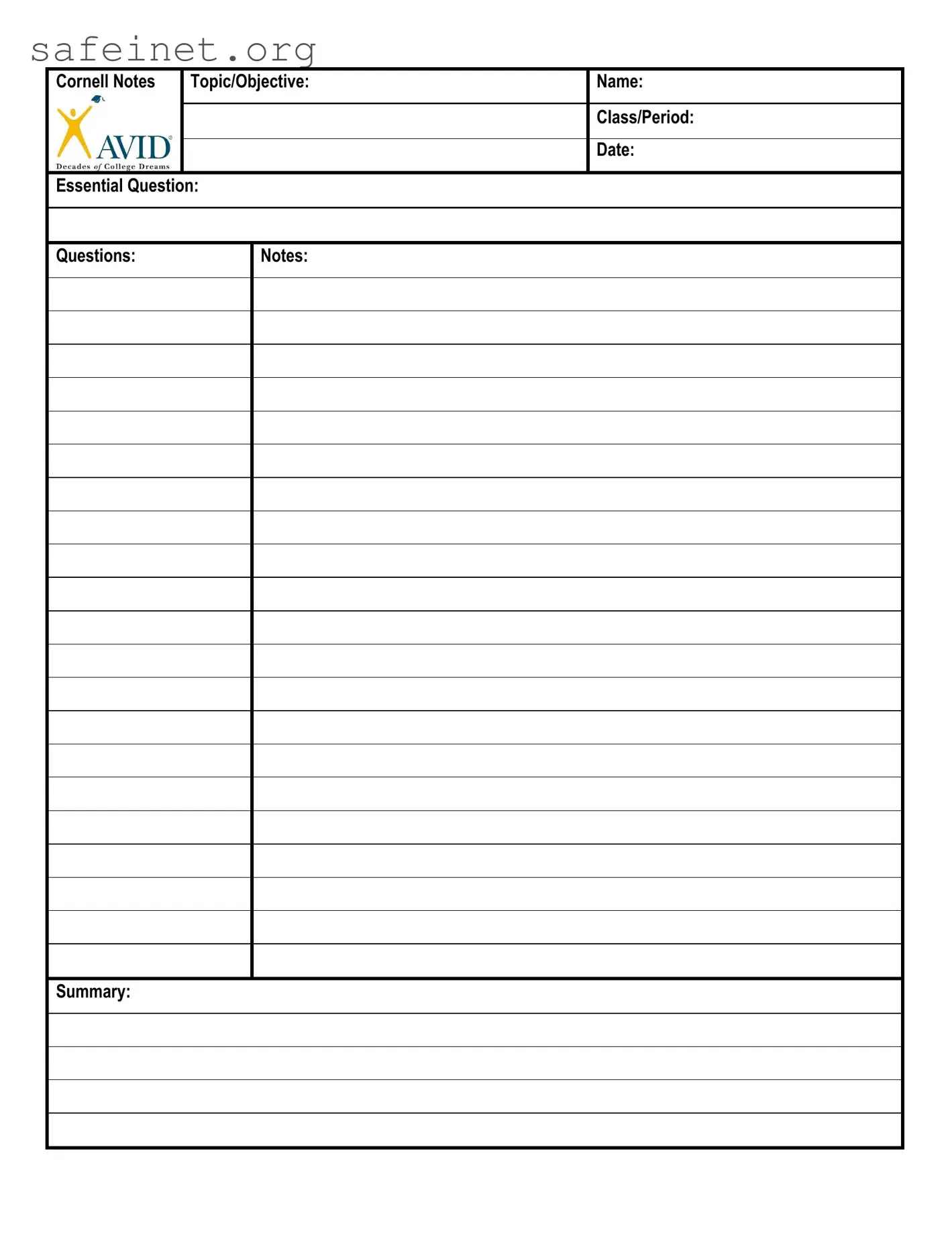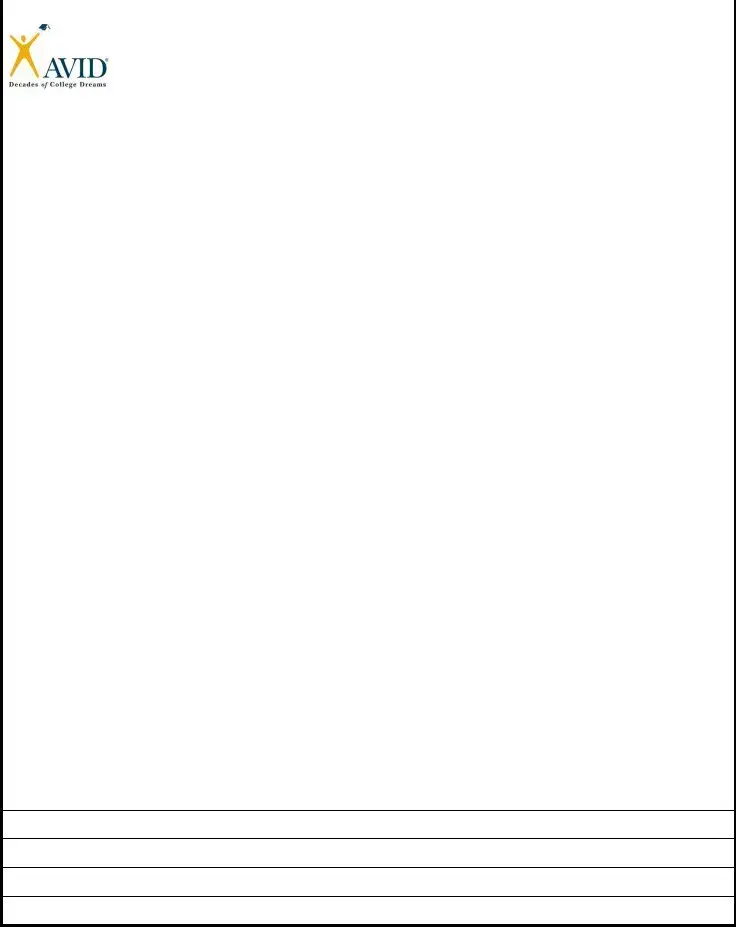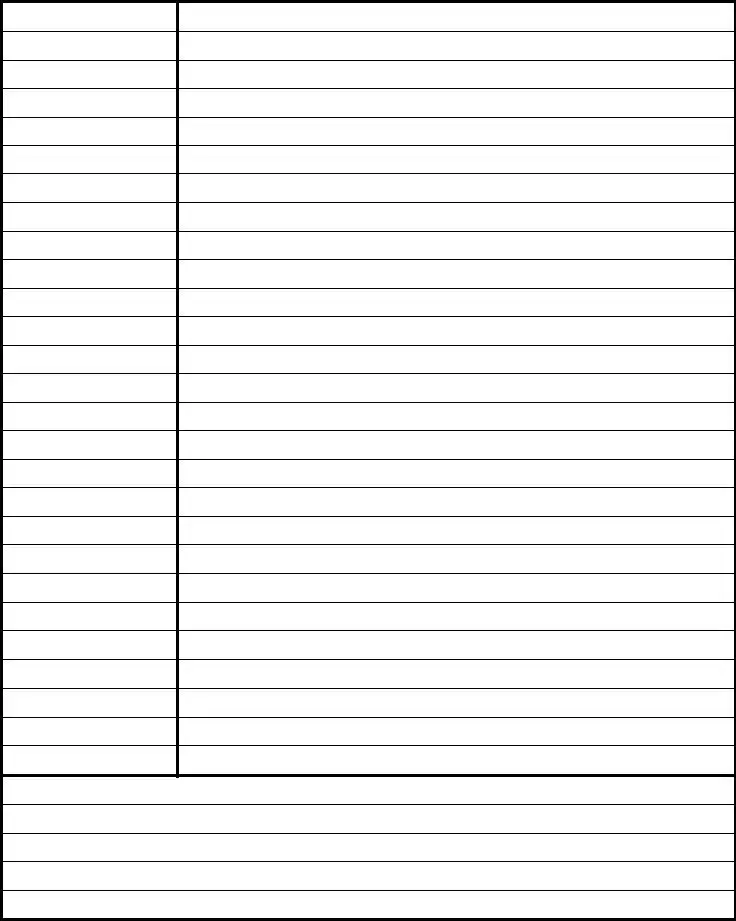What is the purpose of the Essential Question Cornell form?
The Essential Question Cornell form is designed to help students engage deeply with a specific topic or objective. It encourages critical thinking by allowing students to identify and articulate an essential question related to what they are studying. This form also serves as a structured note-taking method, enabling students to summarize key points, notes, and personal reflections on the material. By using this form, students can organize their thoughts clearly and efficiently, which promotes better understanding and retention of the information.
How should I fill out the Essential Question section?
When filling out the Essential Question section, start by considering the central theme or the big idea of your topic. Ask yourself what you want to learn or understand more about. The question should be open-ended and thought-provoking, rather than something that can be answered with a simple "yes" or "no." For example, instead of asking "Is climate change real?" you might ask, "How does climate change impact global ecosystems?" This approach fosters deeper exploration and inquiry into the subject matter.
What kind of notes should I include in the Notes section?
The Notes section is where you record important information, insights, and ideas related to your essential question and the topic at hand. This can include definitions, key concepts, examples, and even quotes from readings or discussions. Use bullet points or short phrases for clarity and ease of review later. Consider putting your notes in your own words, as this will help reinforce your understanding. Remember that the goal is to capture the most relevant information that ties back to your essential question.
What should I include in the Summary section?
The Summary section is an opportunity for you to synthesize the information gathered in the Notes section. Here, you should write a brief overview of the main ideas related to your essential question. Aim for a few sentences that highlight the key points you've learned. This not only consolidates your understanding but also provides a quick reference for future study. Summarizing what you’ve learned reinforces memory retention and will be invaluable when reviewing the material later.


